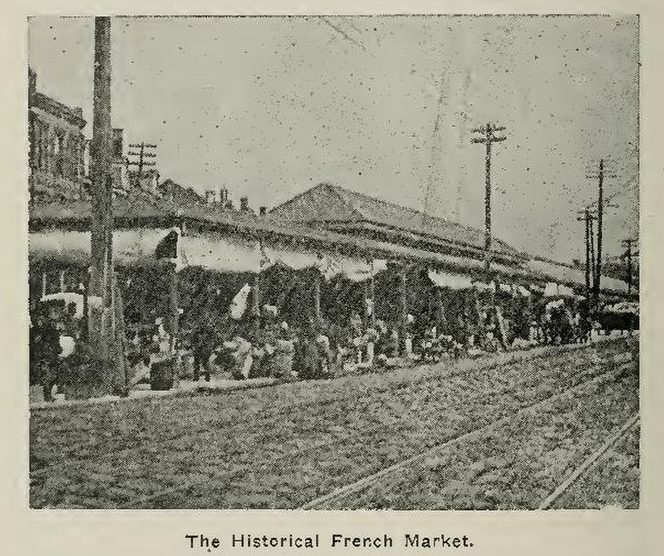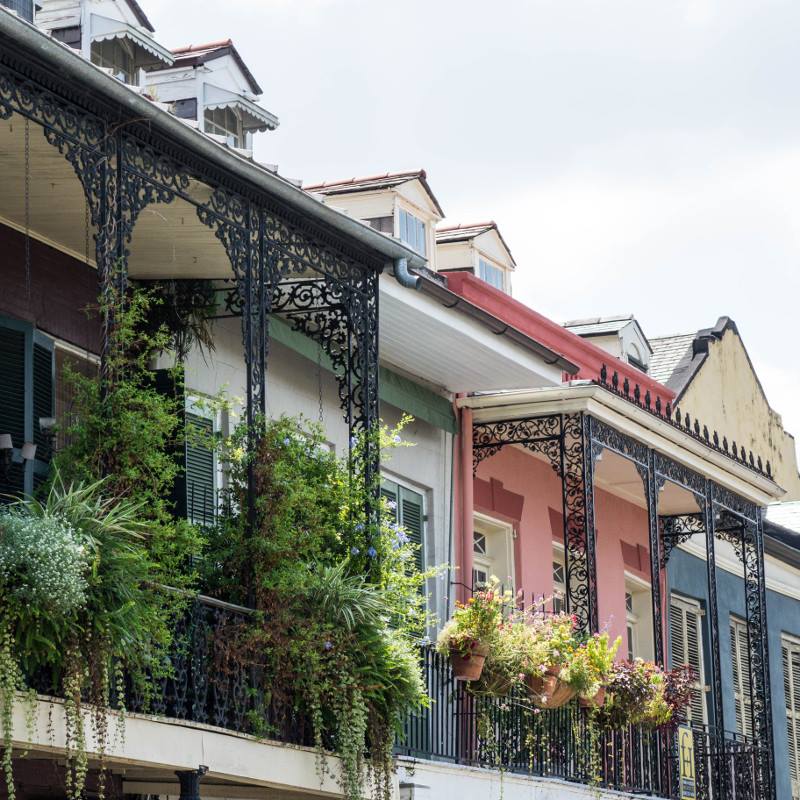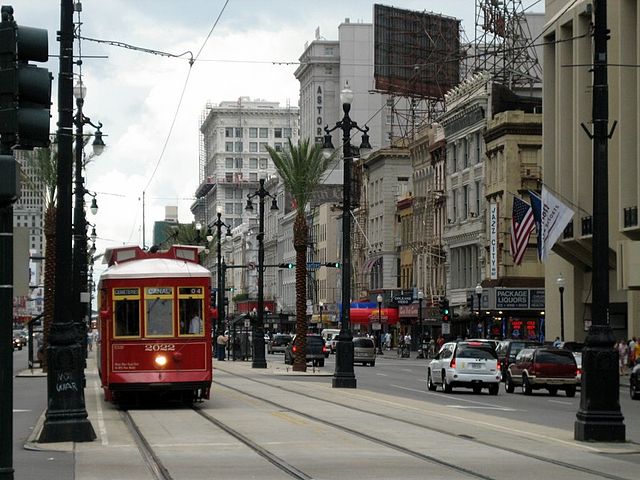
New Orleans in Louisiana is a destination like no other! It’s a combination of many awesome things like its world-famous Mardi Gras and other street festivities, Jazz, and Creole food. Here, different kinds of architecture stand side by side, and so many different cultures intermingle and co-exist beside the mighty Mississippi River. Read on for a complete New Orleans travel guide:
History
New Orleans became a melting pot of cultures. It’s said to have once been a native area and a trade route of the natives of these parts.
Later in 1718 the French came in and settled in the area. The present-day French Quarter was where they headquartered and began building the city and expanding it. Then the area came under the control of the Spanish (in 1763). Later it did go back to being under the French once more before it was ultimately added to the union after the Louisiana Purchase in 1803.
These parts of Louisiana also gathered history of slavery, slave trade, and even being a place where people of color enjoyed some freedoms and certain levels of acceptance in comparison to other parts of the South.
What to see and do
To learn more about the history, the culture, and the people of the region, you can visit the Louisiana State Museum in the French Quarter. The building itself was part of the history of the city and state as it was originally built to be the headquarters of the French settlement in these parts. To delve deeper into the history of New Orleans you could go on a History Tour or stroll through French Quarter.
The French Quarter, which was the oldest neighborhoods in the state, is one of the most exciting places too. It’s where the heart & soul of the city is— with its music, food, party atmosphere, & many tourist attractions. The architecture & colorful buildings are amazing. To see New Orleans’ architecture you must make it a point to walk through Garden District that’s characterized by its stately mansions, many of them built in Victorian Style.
Canal Street is another historical street you don’t want to miss going to if you want to get to know New Orleans’ story. History says that when English-speaking people started settling here after the Louisiana Purchase, there was an idea of building a canal that would also serve as a partition between them and the French who lived north of there. The canal didn’t get built, but the busy road that took its place came to be called Canal Street. Today the street is lined with hotels and shops, and also plays the part of parade route for some of the local celebrations.
Other places to see here include the National WWII Museum, New Orleans Jazz National Historical Park, Louis Armstrong Park, Mardi Gras Museum that showcases the city’s carnival costumes & props, and Mardi Gras World where the construction of the floats for the Mardi Gras parade takes place.
To see another side of New Orleans, you might want to visit the Voodoo Museum to learn about the voodoo culture of the area, do a ghost tour, or just do a tour of the city’s above ground cemeteries.
To see New Orleans‘ natural attractions you can go see the many smaller attractions at City Park like Big Lake, Couturie Park, and its Laborde Mountain. You can see the big oaks that have been standing for hundreds of years and see all the other plant life of the area in the Botanic Garden .
Also, make sure to add the Mississippi River to your New Orleans itinerary. The river on which the city stands can be experienced with a stroll through the riverwalk beside French Quarter or even a cruise or ferry ride through its waters.
For other ideas on what to do that aren’t included in this New Orleans travel guide, check out my post: Top 10 Things to do in New Orleans.
Food
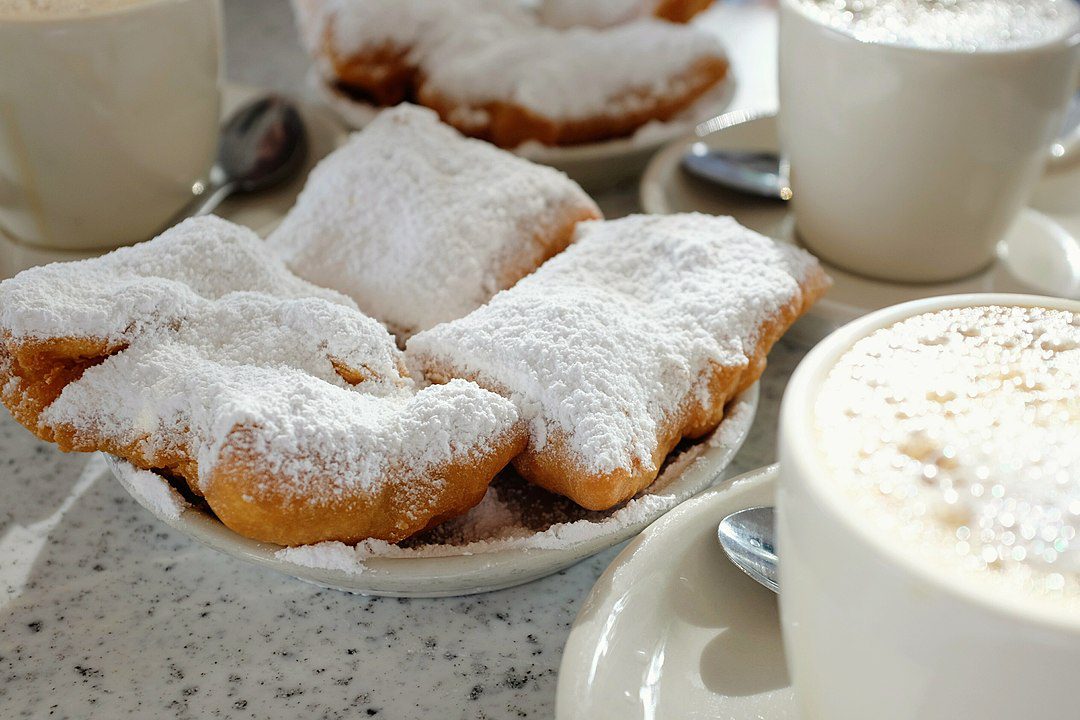
Indulging in the local food of New Orleans is another thing you cannot leave out. When you’re here enjoy all the fresh seafood you can get; mostly the catch from the Gulf. Enjoy all the fried food, cocktails, & wine. Make sure to pick up a drink in a to-go cup as you walk through the French Quarter. Relish all the Creole cooking around here. Look for alligator meat, oysters, & rabbit dumplings. Don’t miss out on the great po’boy, muffaletta, and gumbo you can find here. Also treat yourself to beignets, bread pudding, & snowballs in the summer.
For specific restaurants to visit that aren’t included in this New Orleans travel guide, check out my post: Best Restaurants in New Orleans.
Shopping
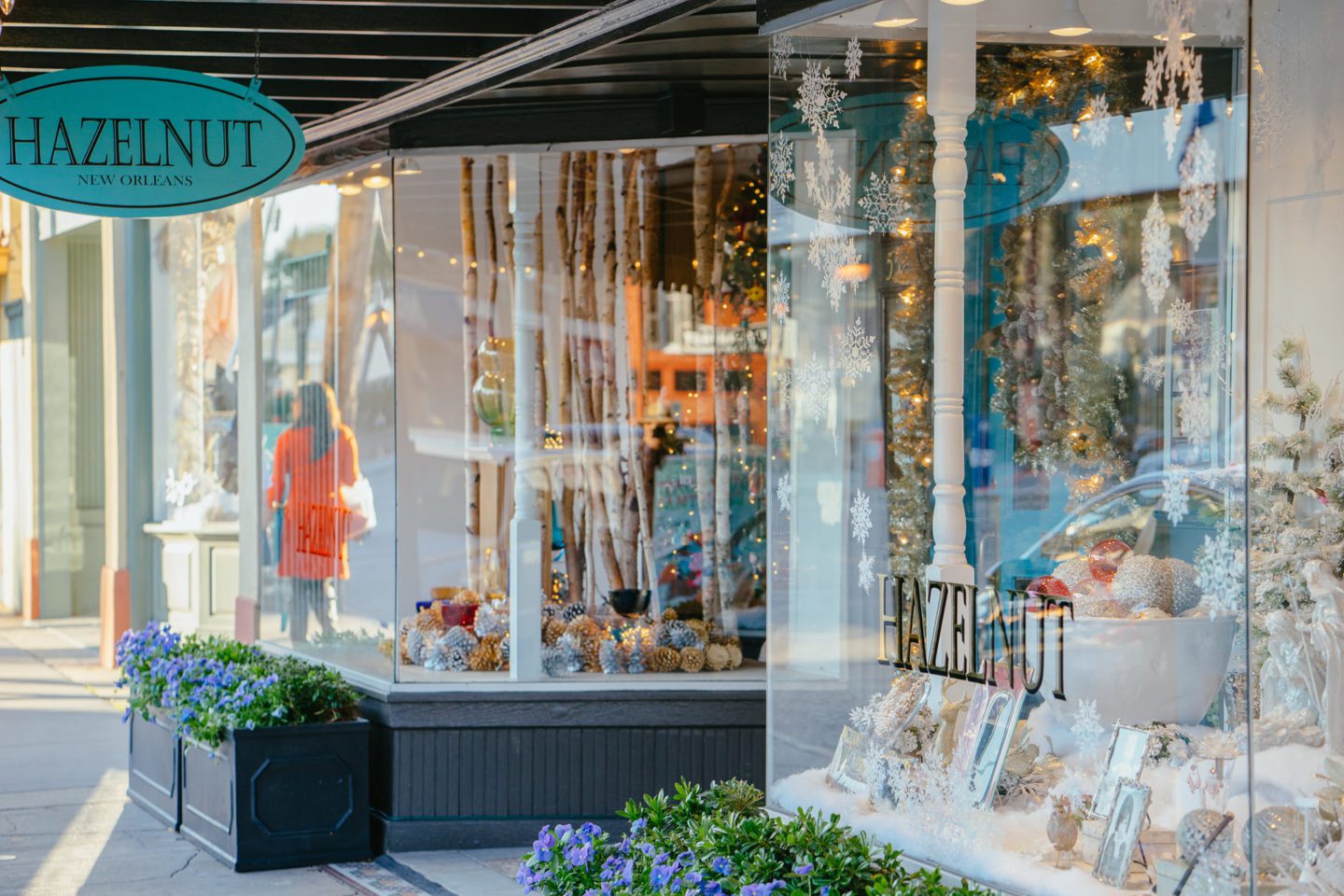
Beignet mix is something to take home as gifts for friends and family. Other things that make great New Orleans souvenirs include carnival jewelry, local art, antiques, ceramics, & Voodoo dolls. You could pick up NOLA Shirts and accessories from Fluerty Girl, CDs, new & used vinyl from New Orleans’ music shops, books from Faulkner House Books, even local spices & sauces from stores in the prime areas of the city (some restaurants sell them, too).
Shoppers will find clothes, accessories, & jewelry at French Market, the Outlet Collection at Riverwalk, & the streets in the French Quarter. You can also browse through the stores on Royal Street or Decatur Street.
Magazine Street is another great place for retail therapy. You’ll find 6 miles of shopping here, with your options ranging from jewelry to antiques, clothes to home decor, art, & toys. You can also check out the farmers market, thrift stores & flea markets, and buy some local food from the food trucks.
Geography
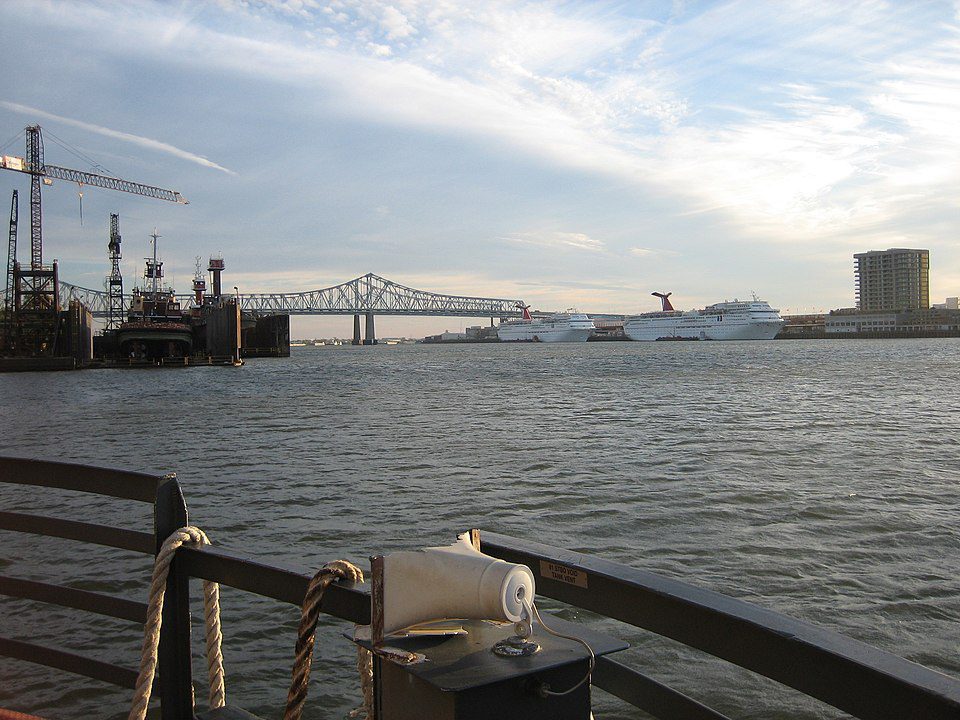
New Orleans is situated beside the Mississippi River in Louisiana. In fact, it is its place on a bend of the river that gifted the city with the nickname Crescent City.
That’s not the only water body near it. Just north of the city is Lake Pontchartrain, and to its east, Lake Borgne. And it’s not very far from the Gulf of Mexico.
Given its place by the Mississippi Delta, it’s surrounded by marshes and swamps. And parts of the city are also lower than sea level making it prone to flooding and displacement of graves if casks are buried below the ground.
The highest part of the city is Laborde Mountain, which is just about 43 ft. above sea level.
Accommodation

Being a tourist-friendly city, whatever the kind of accommodation you are looking for, you’ll find it in New Orleans. There are a large number of hotels, vacation rentals, & hostels in and around the city.
Stay in the French Quarter or the Central Business District if it’s your first visit or if you’d like to be close to the tourist attractions & nightlife of the city. You could also look for something Uptown.
If you’d prefer a quieter area look at Mid City or Faubourg Marigny.
Transportation
If you’re flying into Crescent City, the closest airport is Louis Armstrong International Airport which is less than half an hour’s drive from the city of New Orleans.
Driving into the area? Interstate 10 runs across the city and Interstate 12 runs just north of New Orleans. Apart from that, there are several other interstates highways & US Highways near the city making it easy to road trip to New Orleans.
You can also look into your Amtrak, Greyhound, and other bus options to travel to New Orleans.
Once in the city, you can drive around, hire cabs, or rent a bike to ride around. However, you can explore certain areas on foot or sign up for tours to take you around. If you’d like to do it all at your own pace or not have to worry about parking, there are the streetcars. They service some of the areas you’d like to go around; just familiarize yourself with the routes and the directions they normally use in the city of New Orleans.
Best time to visit
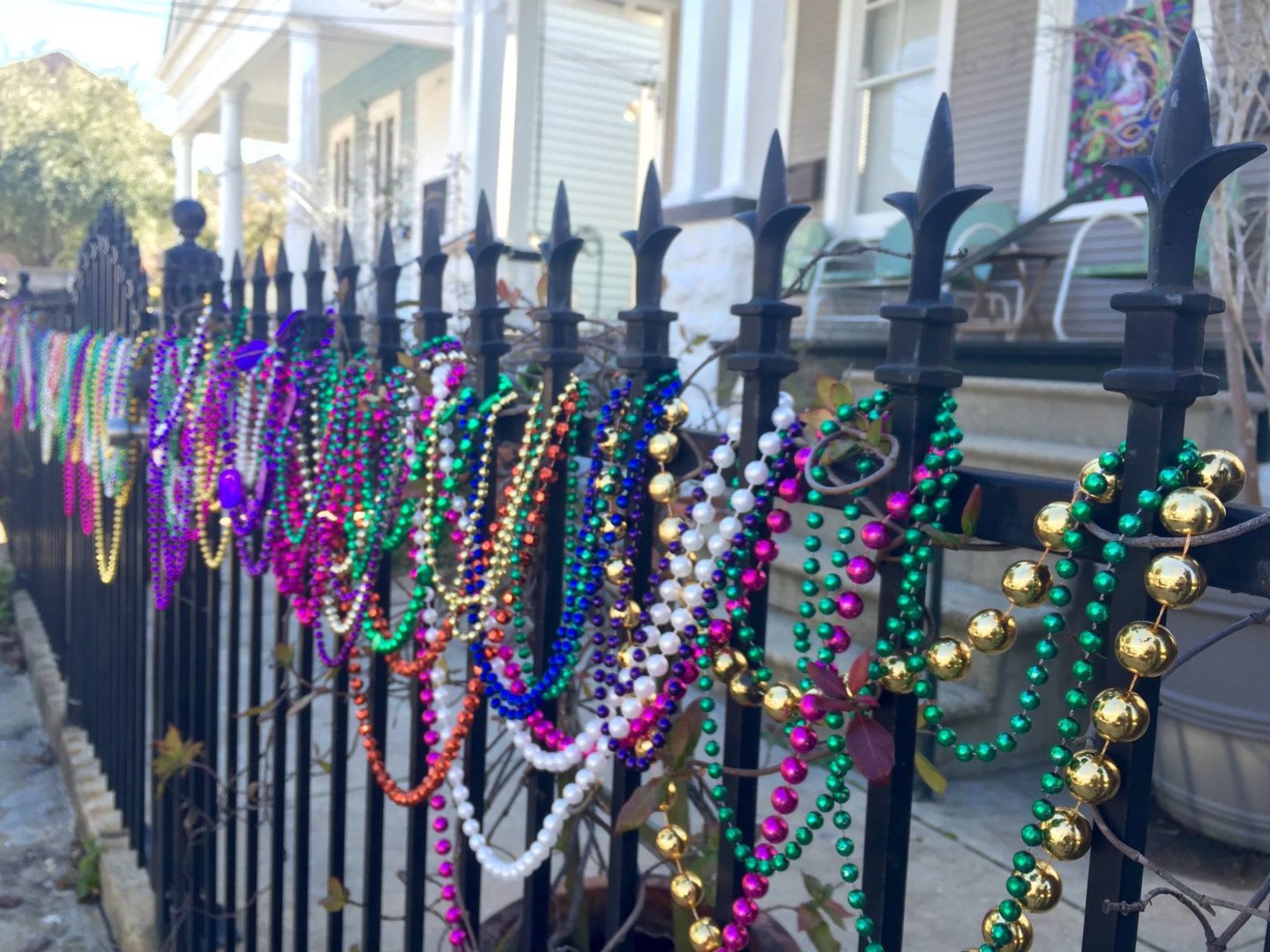
The best time to see New Orleans in all its vibrance is late winter to early spring when the city gets into its carnival mode. Thanks to its Mardi Gras celebrations and the other festivities that come before it, the Big Easy gets most of is visitors between February & May. If you’d like to be there during the Jazz Fest, you’ll have to go around the last week of April and the first weekend of May. The French Quarter Festival also takes place in April.
If you want to avoid the peak season with its crowds and high hotel room rates, the best time to go would be summer or winter. However, New Orleans does get hot in the summer and it gets its rain in the months of June, July, & August. August & September could also mean the possibility of hurricanes.
In terms of weather, the best time to visit New Orleans is winter, November to January. You avoid the big crowds and the high accommodation & airfare expenses too when you travel around this time.
Nearby destinations
Despite being a New Orleans travel guide, I had to include some of the great nearby destinations! This includes a swamp tour to see the wetlands that neighbor the city. For these tours you’ll be driven about half an hour out of the city and shown the wildlife of the swamps, making it a memorable trip.
Not very far from the city are also some plantations you might want to tour to know more about the area’s history and to live through a part of it as you see the homes of the plantation owners, the slave quarters, and the premises of these properties. Oak Alley Plantation, Whitney Plantation, & Laura Plantation are some recommendations.
Other day trips you can consider include the capital city – Baton Rouge, Lafayette to learn more about Cajun culture, Grand Isle – a barrier island southeast of New Orleans, and Soto National Forest for some outdoor activities.
